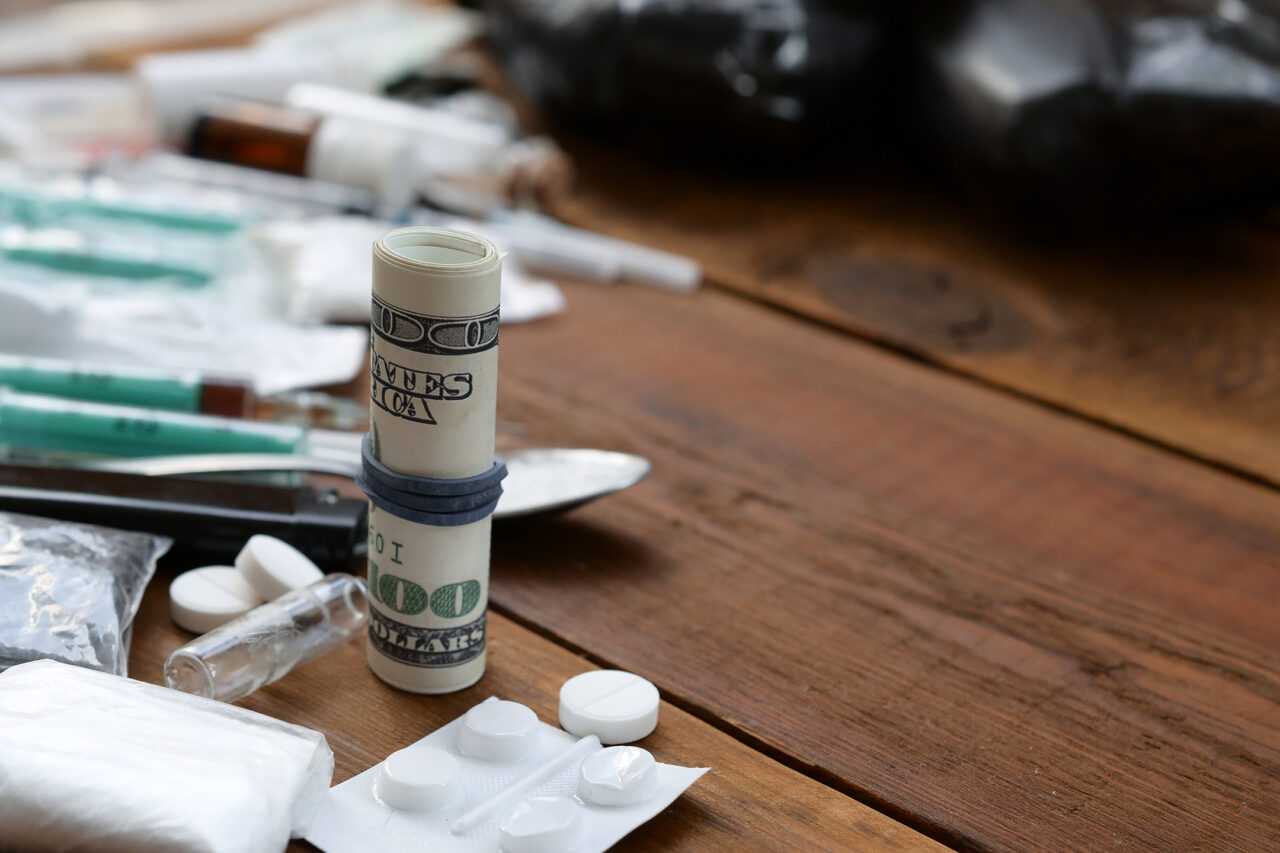 BY Blinn E. Combs, Esq. and Michael R. Alexander, Esq., Brown & Fortunato, P.C.
BY Blinn E. Combs, Esq. and Michael R. Alexander, Esq., Brown & Fortunato, P.C.
On July 9, the Federal Trade Commission (“FTC”) released an Interim Staff Report (“Report”) stating that Pharmacy Benefit Managers drive up drug costs. The Report, which details a two-year investigation into the market power of PBMs, has already prompted congressional action. The House Committee on Oversight and Accountability, which released its own contemporaneous PBM report, held a hearing on July 23, featuring testimony from CEOs of three of the largest PBMs. By the time this article goes to press, the FTC’s August 1 open meeting will have reviewed the Report’s findings.
 The Report paints a sobering picture. The four largest PBMs are owned by four of the largest for-profit health care companies in the U.S.: Humana, Cigna (ESI), CVS, and UHG together account for 22% of all healthcare spending in the nation as of 2023, which translates into 4% of the U.S.’s GDP.
The Report paints a sobering picture. The four largest PBMs are owned by four of the largest for-profit health care companies in the U.S.: Humana, Cigna (ESI), CVS, and UHG together account for 22% of all healthcare spending in the nation as of 2023, which translates into 4% of the U.S.’s GDP.
That market power has outsized effects on drug supply chain pricing. In an email that seems destined for a screenplay, one PBM executive openly worries about drug pricing:
[Y]ou can get [generic Gleevec] at a non-preferred pharmacy (Costco) for $97, at Walgreens (preferred) for $9000, and at preferred home delivery for $19,200. CMS expects that plans that offer preferred pharmacy constructs have lower pricing in the preferred channel. Compounding the challenge/optics is the fact that we’ve created plan designs to aggressively steer customers to home delivery where the drug cost is ~200 times higher. The optics are not good and must be addressed.
How did we get to a place where the preferred contract pharmacy dispensers can charge over two-hundred times the cost of acquiring a product? The FTC’s draft answer is succinct: Market power, aggressive contracting, and consumer steering. In the content that follows, we highlight the preliminary evidence in the Report. Allegations are not proof, but the FTC has promised litigation, and the PBMs have promised an aggressive defense.
Market Power
The largest PBMs dominate their market and benefit from increasing levels of horizontal consolidation and vertical integration. The three largest PBMs together adjudicated almost 80% of the approximately 6.6 billion prescriptions filled in the U.S. in 2023: CVS Caremark (34%); Express Scripts (23%); and OptumRx (22%). The top six PBMs account for over 90% of claims. Independent and rural pharmacies lose out. The last decade of PBM concentration has seen closure of almost 10% of the nation’s rural pharmacies.
Vertical integration further consolidates market share. For example, in addition to owning CVS Caremark, the largest healthcare conglomerate, CVS Health Corporation owns Covardis Limited, a private drug labeler; MinuteClinic, the largest walk-in clinic business in the country; The Zinc Health Services, a rebate aggregating company; CVS Pharmacy, the retail pharmacy chain; CVS Caremark Mail Services Pharmacy; CVS Specialty Pharmacy; and Aetna, the health insurer.
The three largest PBMs own drug relabelers. The four largest PBMs own health care providers that can refer patients to their pharmacy affiliates. Optum Health is the largest employer of physicians in the nation, contracting with around 90 thousand physicians for a reported $95.3 billion in revenue in 2023. The six largest PBMs have affiliated mail-order and specialty pharmacy businesses, and five of the six are affiliated with their own separate health insurance provider.
Aggressive Contracting
The Report states that this market dominance creates many opportunities for aggressive contracting. Perhaps the easiest to recognize is price opacity. PBMs maintain complex formularies that peg prices to confidential benchmarks. Most pricing is set by reference to a Maximum Allowable Cost (“MAC”), but MAC prices have no settled industry definition. The Report notes “vast disparities” in MAC pricing: each PBM maintains proprietary MAC price lists. One PBM submitted tens of thousands of separate MAC price lists to the FTC. Pharmacies seldom know what the cost of a drug will be until they run a test claim. Even the sale does not set the price because PBMs often claw back funds in the form of Direct and Indirect Remuneration (“DIR”) fees that have wrought financial havoc on independent pharmacies.
A separate worrying trend is increased spending on “specialty drugs.” Although they make up only about 2% of prescriptions, specialty drugs now account for between 40 and 50 percent of all pharmacy dispensing revenue. From 2016 to 2023, the dispensing fees from specialty pharmacy products have grown from 29% of a total outlay of $393 billion to 39% of a total outlay of $600 billion.
Consumer Steering
Amidst this uncertainty, the Report provides evidence that large PBMs aggressively steer patients to their own pharmacy programs. Evidence indicates that PBMs often pay affiliated pharmacies anywhere from 20 to 40 times NADAC (the national average drug acquisition cost for pharmacies) for drug products, and significantly more than what the PBMs pay to unaffiliated pharmacies. This spread obscures the real profits, because PBMs are acquiring drugs through their affiliates at a tiny fraction of NADAC. While the PBM-affiliated organization pockets the profit, the insurers are able to count the higher affiliate pharmacy reimbursements as clinical costs of care.
The conflicts of interest do not stop with affiliates. While PBMs were originally hired by insurers to negotiate drug pricing with manufacturers, a primary mechanism of price control is through manufacturer rebates. This means, in effect, that PBMs are being paid by both market buyers and sellers. Drug manufacturers have their own incentives and leverage hefty discounts to (i) push their branded products onto PBM formularies and (ii) condition higher discounts on the exclusion of competing generics.
This takes us back to the PBM executive’s concern over “optics.” According to the Report, PBMs are profiting handsomely while patients and independent pharmacists are being harmed. Protracted litigation seems all but certain. All eyes are on the FTC.


